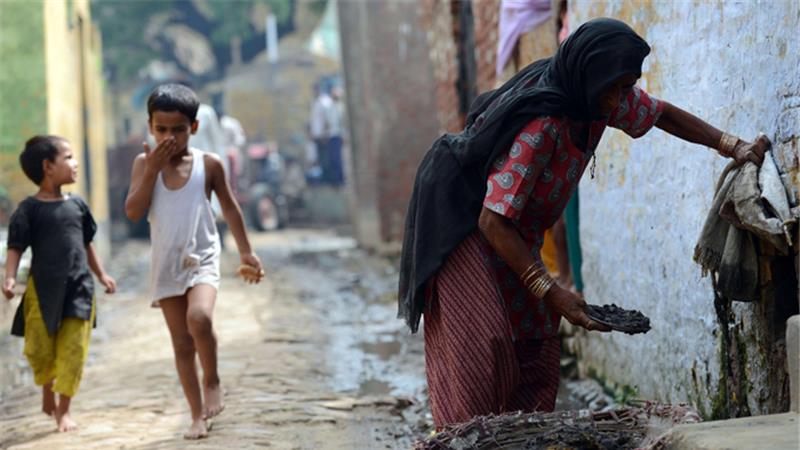
Here are key questions about India's caste system:
The Jat caste are the single biggest community in Haryana state bordering New Delhi, with nearly eight million members, and large communities also in neighbouring states.
The tragedy of India’s caste system
A traditionally rural group, many are farmers who have suffered in recent years from falling crop prices and drought.
They are not the only group to launch such action. The relatively well-off Patel caste of traders and farmers staged violent protests last year in the western state of Gujarat.
They want a quota of government jobs and university places reserved for Jats. Such quotas are given to India's many socially disadvantaged groups, including the lowest Dalit caste formerly known as "untouchables".
PM Modi pays teary tribute to Dalit scholar after suicide
Jats in Haryana are demanding they be officially included in "other backward classes". This would guarantee them sought-after jobs in the public service and places at colleges.
Jat leaders have been threatening for months to launch protests, but Haryana's ruling Bharatiya Janata Party (BJP) government seems to have been taken by surprise by the violence.
The Haryana government agreed last year to grant 10 percent reservation to Jats, according to local media reports. But the High Court in July stayed that decision. Tension has been brewing ever since.
Nationally, Jats have been fuming since the Supreme Court last year struck down the previous central government's decision to allot quotas to their caste.
The court said the decision would exceed the legal maximum of 50 percent reserved quotas for public service jobs and college places.
The hierarchical system is seen by many as an ancient form of discrimination that has no place in modern India, whose economy has been growing rapidly.
Caste restrictions, which stopped the "untouchable" Dalits and other lower groups from advancing, have eased dramatically over the years. Narendra Modi, the son of a tea-seller who rose to become prime minister, is proof of that.
But discrimination against low castes is still rife in underdeveloped, uneducated and rural areas where more than half the population lives.
Caste-based quotas are meant to provide equal opportunities for India's poorest and most marginalised groups. Nearly one in four Indians still lives on less than $1.25 a day.
Public-sector jobs are highly sought after because they are seen as extremely secure. Thousands of people, including qualified professionals, regularly apply for even the most menial posts.
With India's population set to overtake China's within a decade, the country faces major unemployment problems and competition for such posts will continue to be fierce.
The system is the subject of frequent challenges, with the number of places allocated to disadvantaged groups changing from state to state.
Politicians often promise to scale back the quota system, or to include a particular caste demanding inclusion, in order to win votes.



1731916090-0/sabrina-(3)1731916090-0-165x106.webp)






1731996868-0/Untitled-design-(7)1731996868-0-270x192.webp)






COMMENTS
Comments are moderated and generally will be posted if they are on-topic and not abusive.
For more information, please see our Comments FAQ